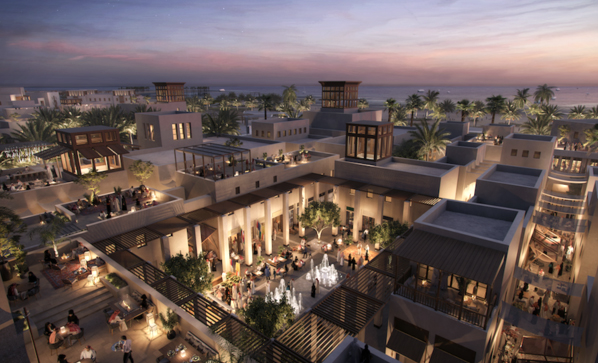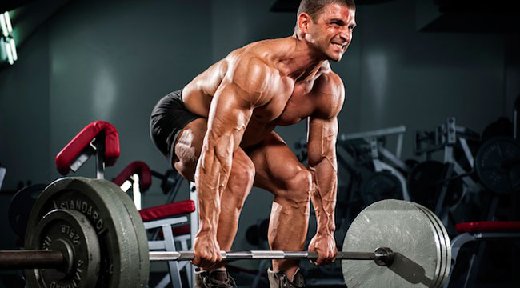In recent years, the ancient city of Jeddah, nestled along the Red Sea coast of Saudi Arabia, has been undergoing a sweeping transformation. The man at the center of this upheaval is none other than Muhammad bin Salman, Saudi Arabia’s Crown Prince and de facto ruler, who has earned the moniker “the Bulldozer” for his ambitious vision of modernizing the kingdom. As bulldozers reshape the cityscape, the clash between progress and heritage unfolds, prompting both admiration and apprehension from the city’s inhabitants.
Jeddah, Saudi Arabia’s second-largest city and a cultural hub, has long been revered for its rich history, blending traditional Arabian architecture with a thriving cosmopolitan atmosphere. However, with progress often comes the need for sacrifice. The call for modernization, improved infrastructure, and urban development has led to a radical shift in the city’s landscape. Vast empty patches now mar the once-familiar vistas, and the changes are palpable in the hearts and minds of the 4.7 million people who call Jeddah home.
The initial wave of demolition targeted the slums that had become synonymous with crime, drugs, and social unrest. Residents, including many of the city’s own, welcomed the bulldozers as they flattened these pockets of despair. Overcrowded and underprivileged neighborhoods were replaced with the promise of better living conditions, enhanced drainage systems, and a renewed urban environment. With the removal of these urban blights, the stage was set for a revitalized Jeddah.
However, as the bulldozers pressed forward, the excitement turned to unease. The construction projects, while undoubtedly transformative, began to encroach on the city’s historical and cultural heart. The distinctive architecture that bore witness to centuries of Arabian heritage fell under the weight of modernity. Mosques, schools, factories, and traditional homes crumbled in the path of progress. Even the bustling neighborhoods started to resemble ghost towns as residents were abruptly forced to evacuate, their lives disrupted by the relentless march of development.
One can scarcely overlook the fact that Jeddah has long grappled with issues like flooding, inadequate drainage, and outdated infrastructure. The need for a facelift was undeniable, and the Crown Prince’s vision promised solutions to these challenges. The juxtaposition of the past and the future, however, sparked a fundamental debate about identity. Can a city erase its history to pave the way for a brighter future? Should modernization come at the expense of heritage?
The concerns escalated when the bulldozers approached the old city, a UNESCO heritage site. The dilemma reached a crescendo as the city’s historic fabric came under threat. The streets and architecture that had stood as witnesses to generations of Arabian life were now reduced to rubble. The heritage that had been meticulously preserved was now subject to the irreversible forces of change.
The clash between preservation and progress is not unique to Jeddah. Cities worldwide grapple with striking a balance between embracing modernity and safeguarding their cultural legacy. The challenge lies in ensuring that development does not equate to erasure. While modern infrastructure may improve lives, it should not come at the cost of severing the connection to a shared past.
Jeddah’s transformation is emblematic of a broader struggle faced by societies at large. How do we reconcile the demands of the present with the reverence for the past? Can a city move forward without sacrificing its roots? The answers are complex and often contentious, reflecting the intricate interplay between economics, culture, and the human spirit.
As the bulldozers continue to reshape Jeddah’s urban fabric, it becomes imperative to reflect on the larger narrative this transformation embodies. The term “Bulldozer” carries both a literal and metaphorical weight in this context. It represents the physical force that has reshaped the city, but it also embodies the determined drive for progress that can sometimes trample upon the cherished relics of history.
In conclusion, the ongoing transformation of Jeddah presents a profound case study in the tension between preserving cultural heritage and pursuing progress. Muhammad bin Salman’s ambitious vision has ignited a discussion that extends beyond the city’s borders, prompting societies to examine their values and priorities. The Bulldozer’s legacy, for better or worse, will forever be intertwined with the story of Jeddah, a city grappling with its past as it forges its path into the future.






